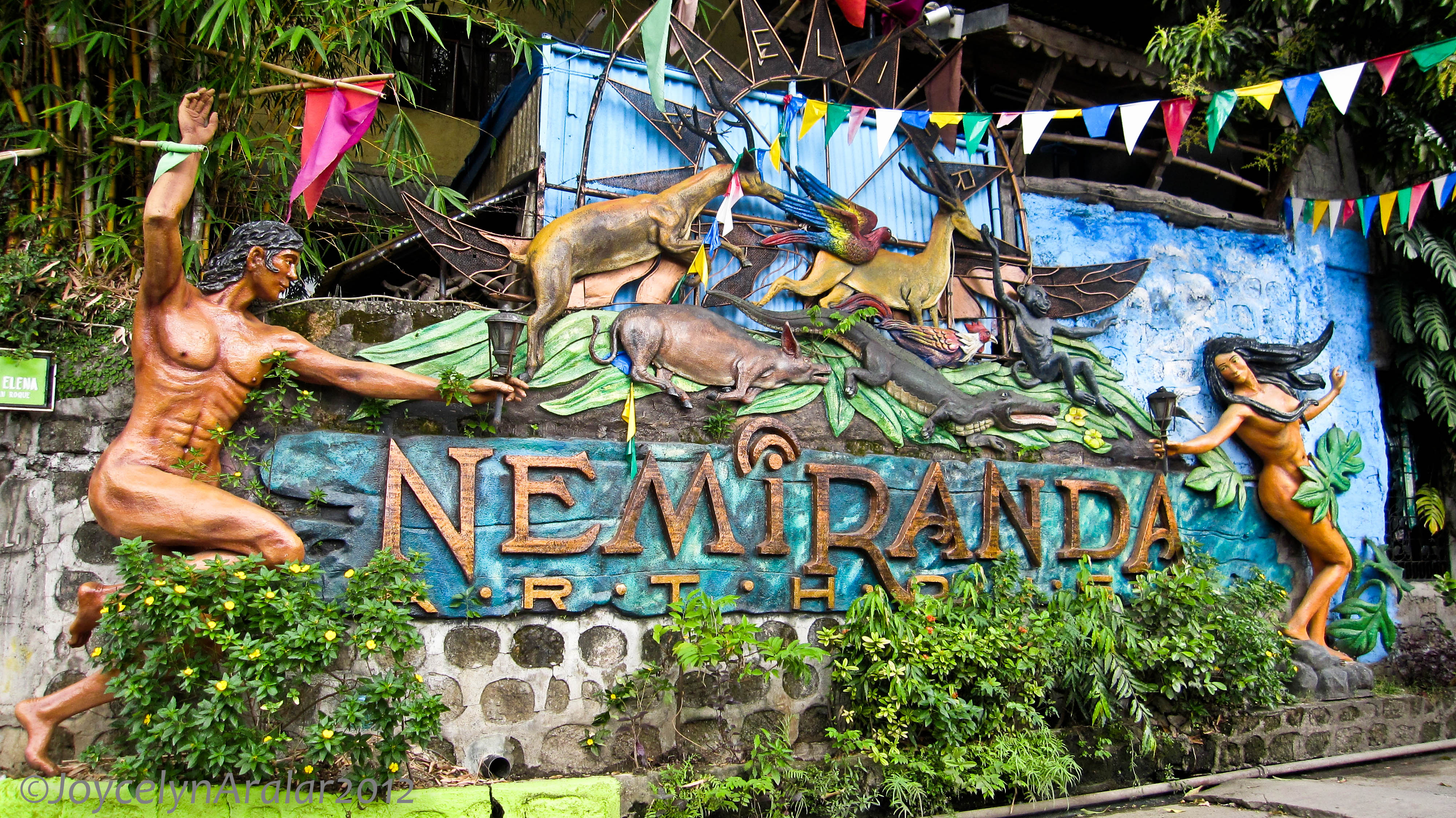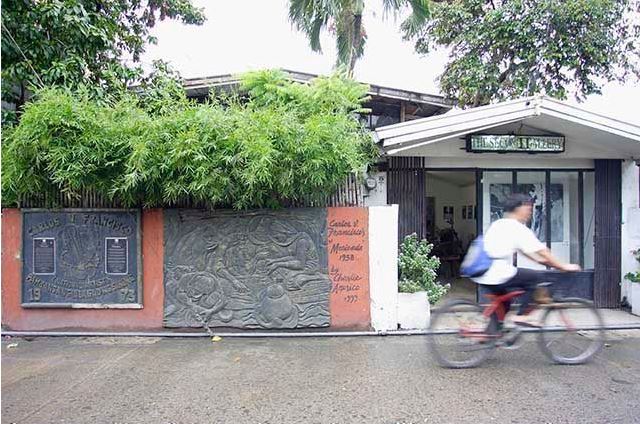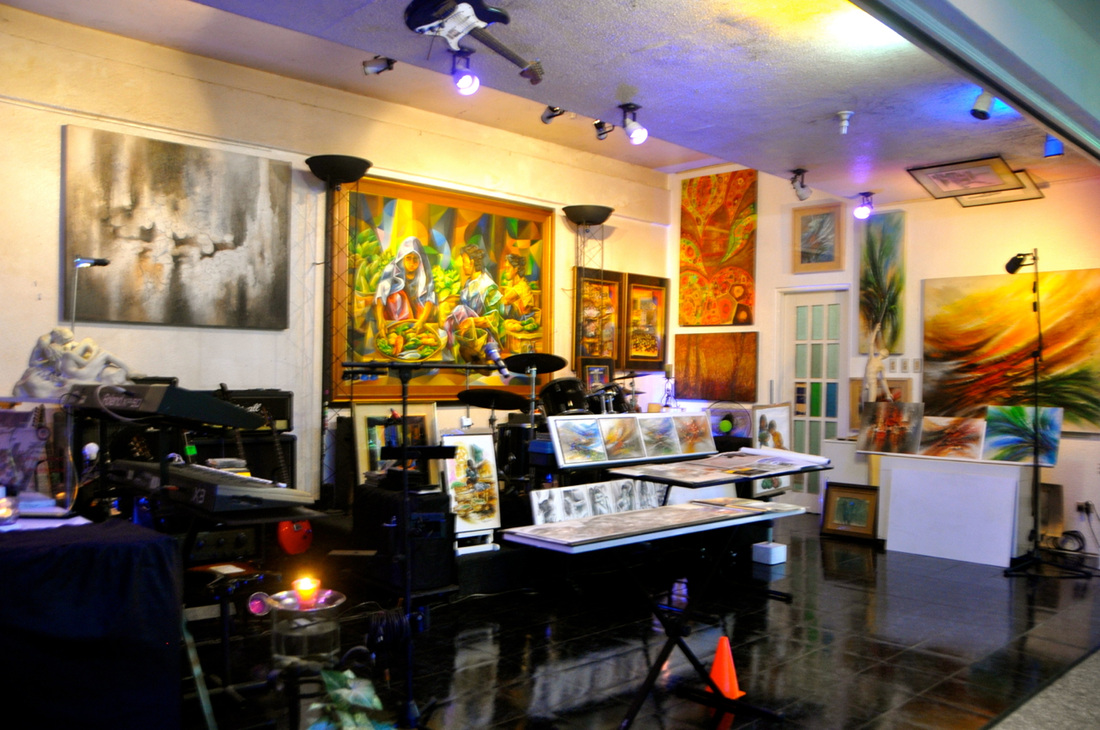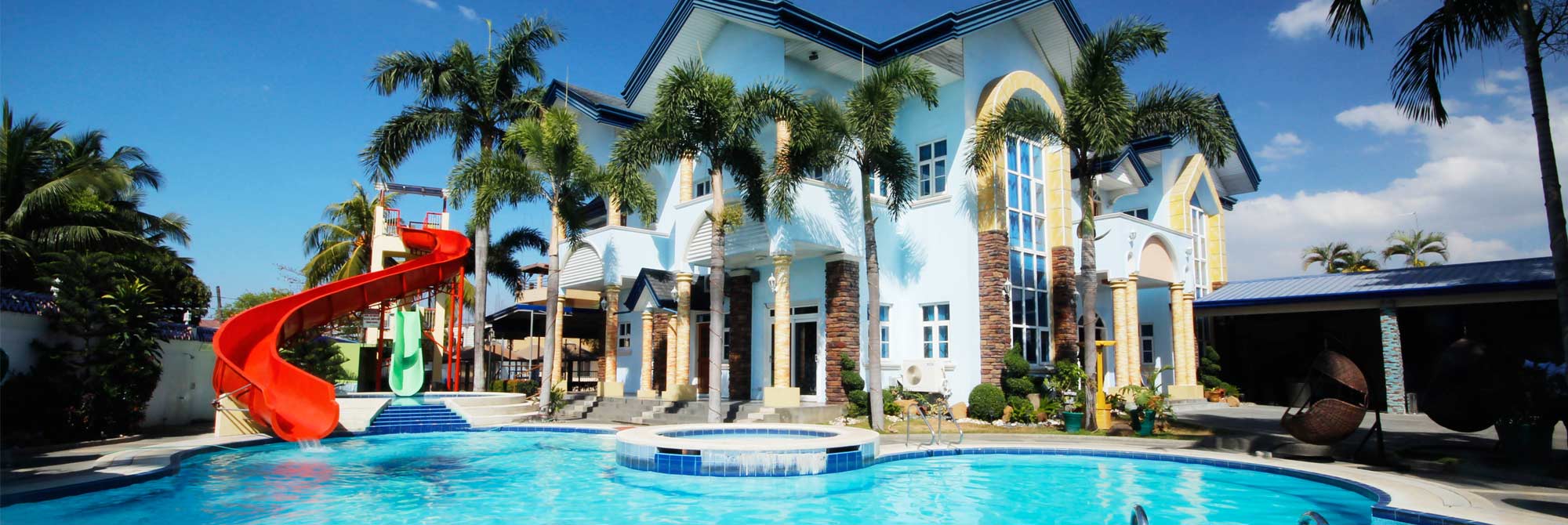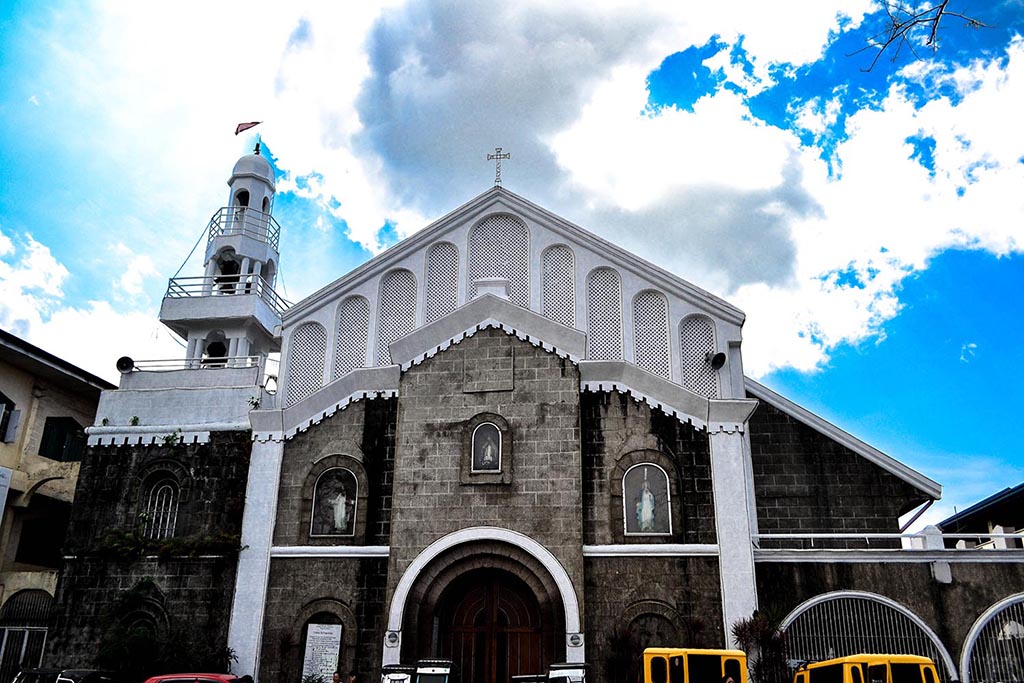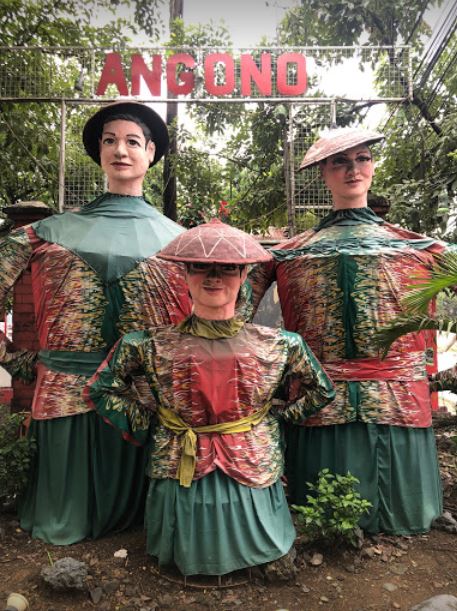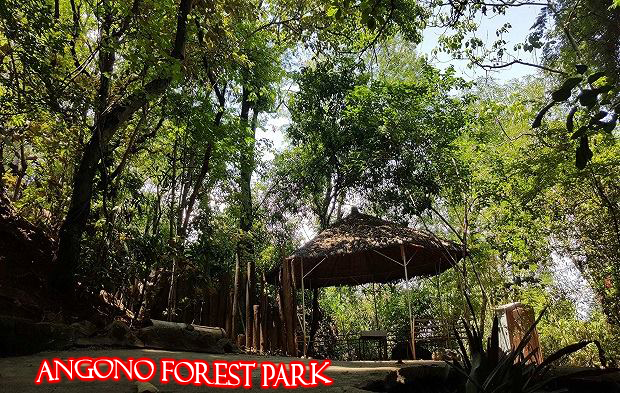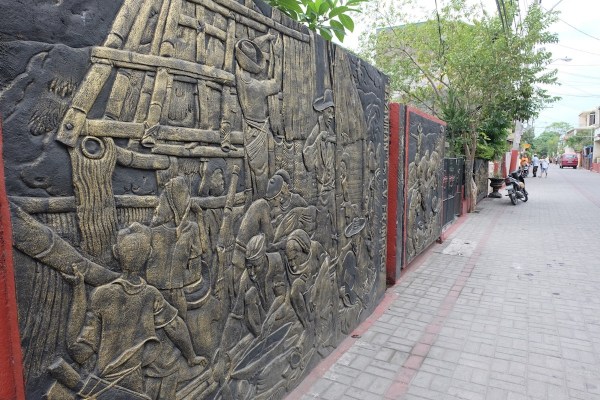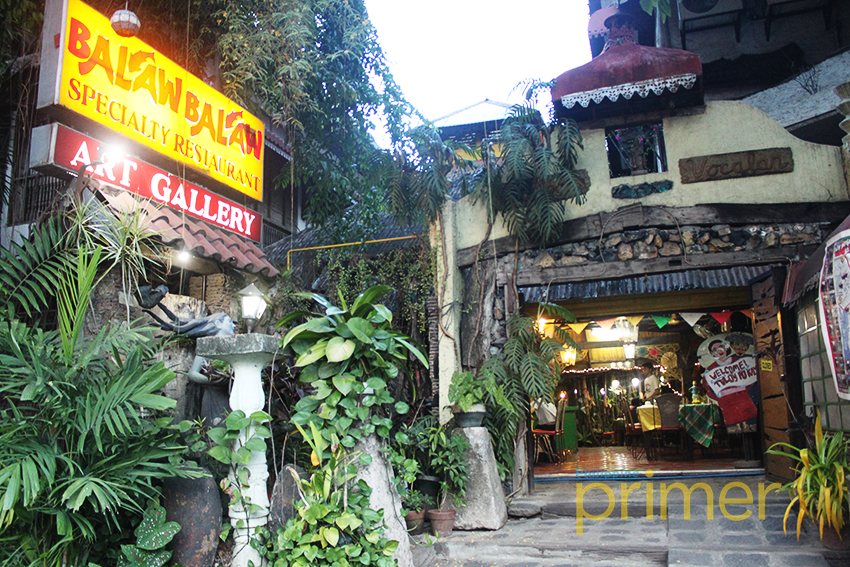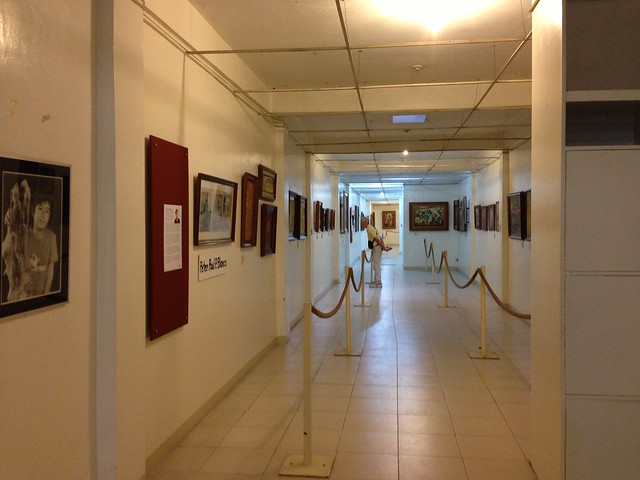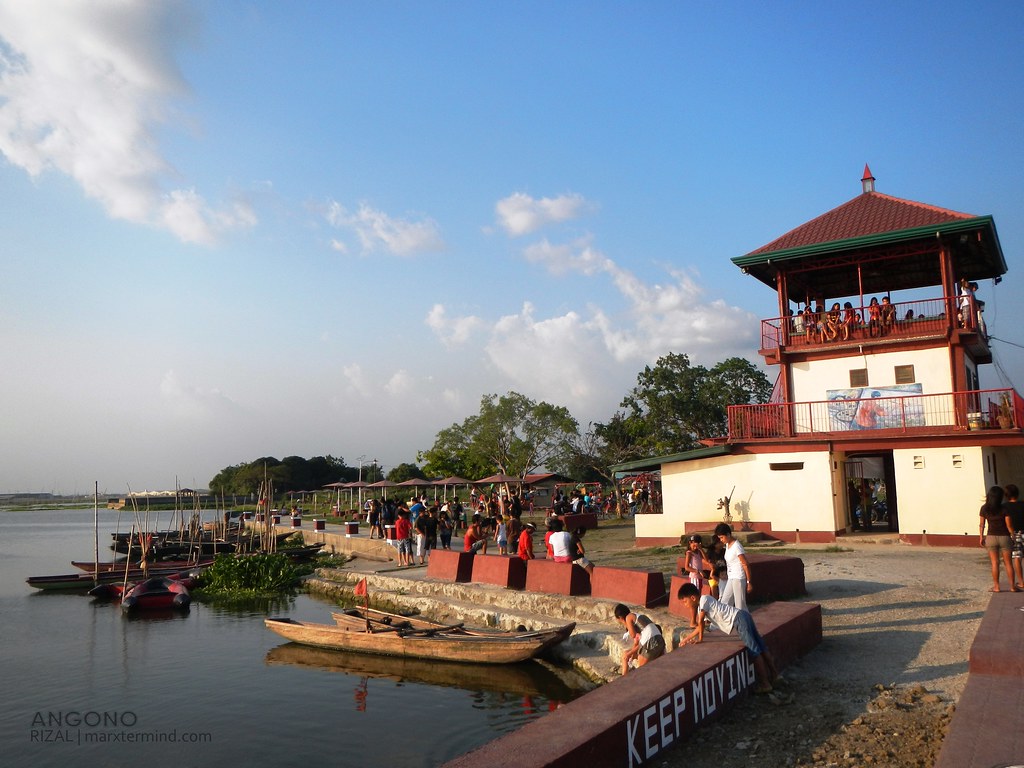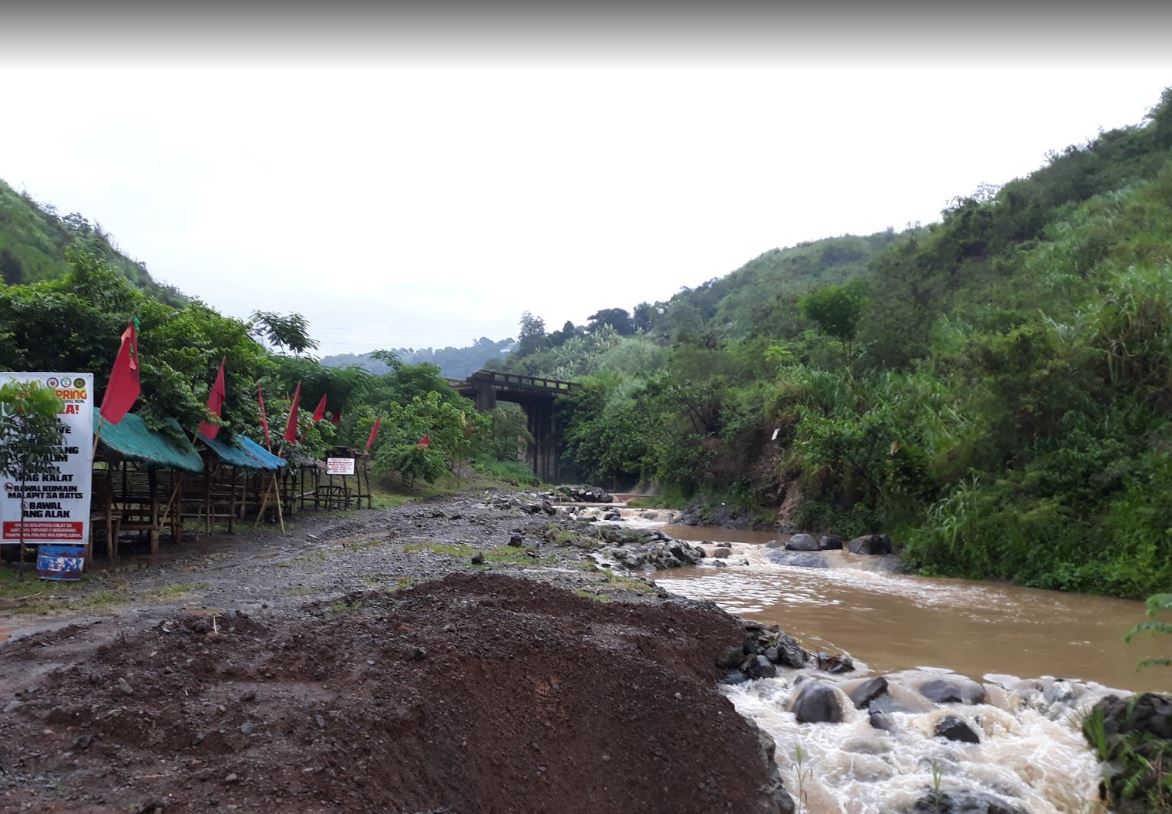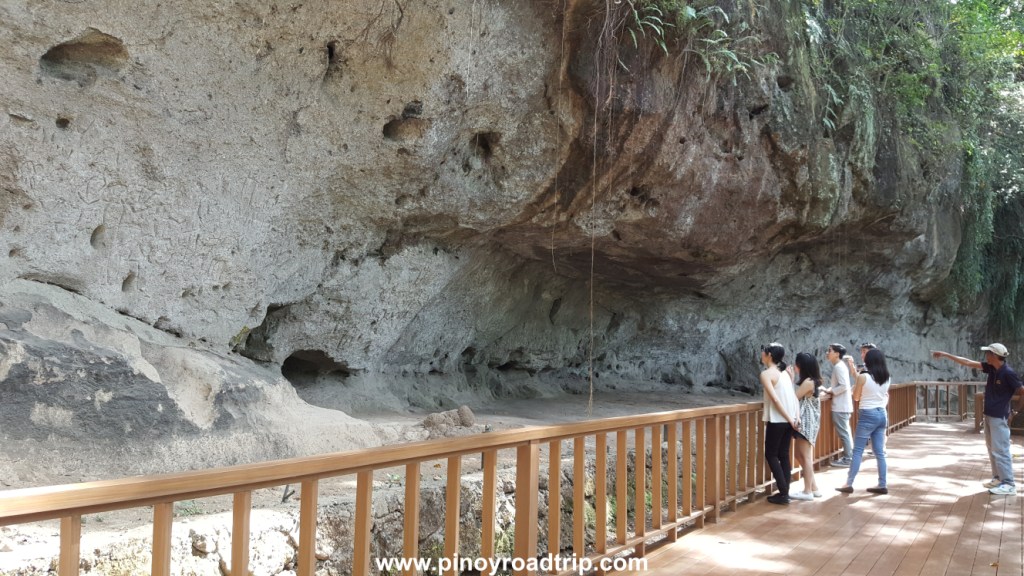Angono, Rizal
The name “Angono”(pronounce as either ‘A-ngo-no’ or ‘Ang-go-no) stems from various story sources. One such story describes the area of Angono as abundant in fish and animal life, with perennial grass and virgin forests, but infested with crocodiles.
The Spaniards who went there found a village of huts, consisting of 50 families and ruled by a Datu Biga. The Datu’s dwelling was located on a hilltop, a place that still presently bears his name “Biga”. Natives refer to their datu as “Ang Puno” or “Ang Uno,” which was carried on with the Spaniards, also attributing it to the place where the Datu and his followers resided.
Compared to other lakeshore settlements, Angono was seldom mentioned when the Spaniards came to the Philippines, suggesting that it was populated less than those which figured in historical documents
Thus, it was to Cainta where Captain Juan de Salcedo started his pacification campaign of the lake region in 1571. Natives from other settlements nearby reinforced the defenders of Cainta, probably, some of them were from Angono. The natives were called “Moros,” suggesting the early stages of Islamization just as Lakandula and Sulayman were.
With the area pacified, Angono progressed as a “visita” starting in 1575. It was then one of the twelve “visitas” in the vicinity of Pasig, which was the mother parish. Turning to documents on descriptions of how lake-settlements looked like, a priest-historian, Father Pedro Chirino, described the lake region in 1603 as one of the most remarkable places in the world.
